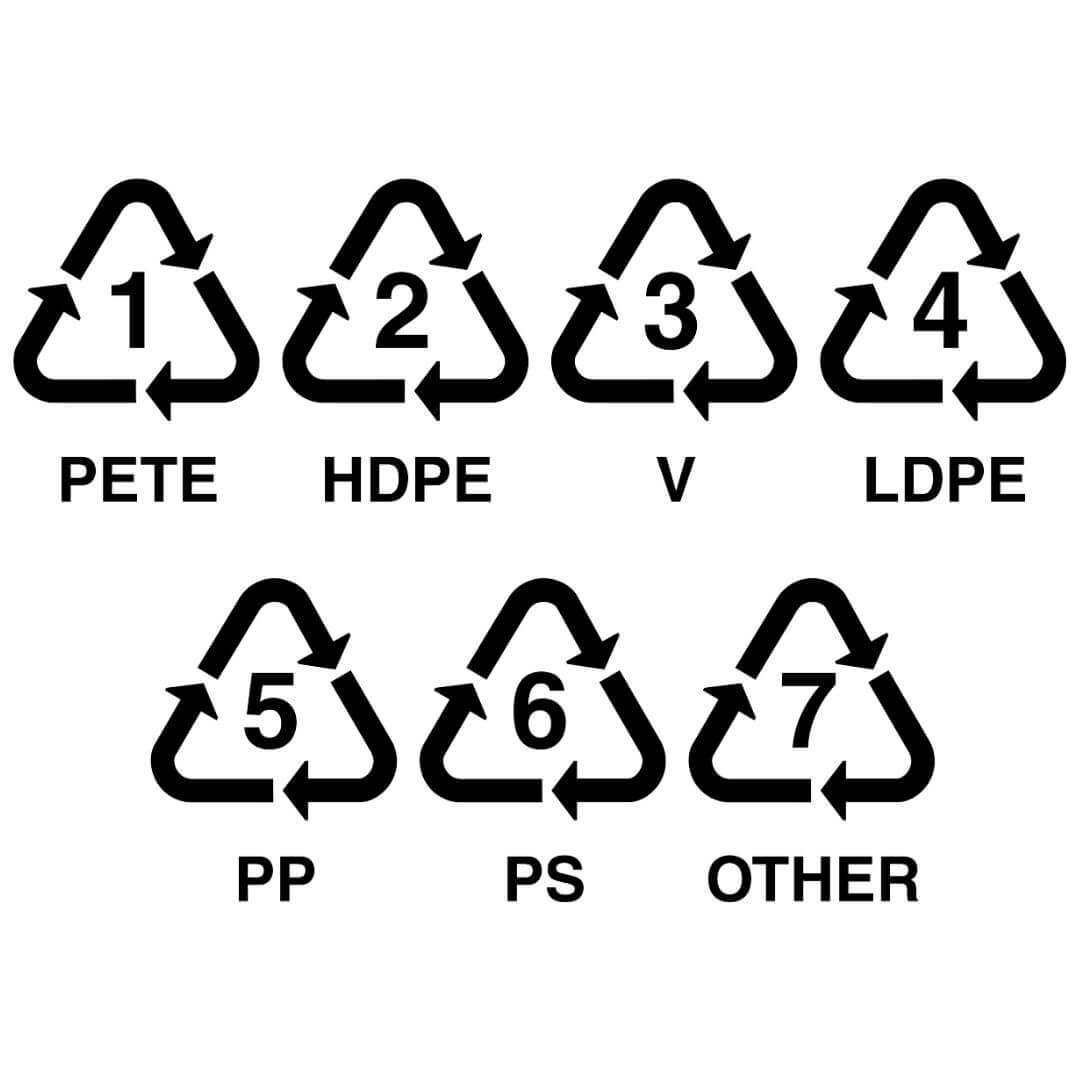Plastics: Identification
A complete guide on how to identify the different types of plastic and why it is important to do so.
Why Do We Need To Identify Different Plastics?
Identifying the different types of plastic before recycling is crucial for several reasons, primarily to ensure the efficiency and effectiveness of the recycling process. Plastics are not a single material but a group of polymers with diverse chemical properties and structures, which determine their suitability for various applications and recycling methods. Mixing different types of plastics can contaminate the recycling stream, leading to lower-quality recycled material that may not be suitable for high-value applications.
NEVER MIX PLASTICS!
Mixing plastics results in downcycling, microplastics in the long term and potentially result in harmful chemicals being released in the recycling process.
How To Identify Different Plastic Types
-

Logo
Most plastic items have a recycling identifier. This number corresponds to the type of plastic.
-

Float Test
Different plastics have different densities so some float and some sink in different liquids.
-

Burn Test
Depending on the plastic the colour of the flame and smoke colour is different when burnt.
-

Break Test
Some plastics are very flexible, some bend, some crack.
-

Smell Test
Different plastics smell different when heated up or burnt.
-

IR Test
Special machines can identify plastics based on IR and other light spectrum information.

